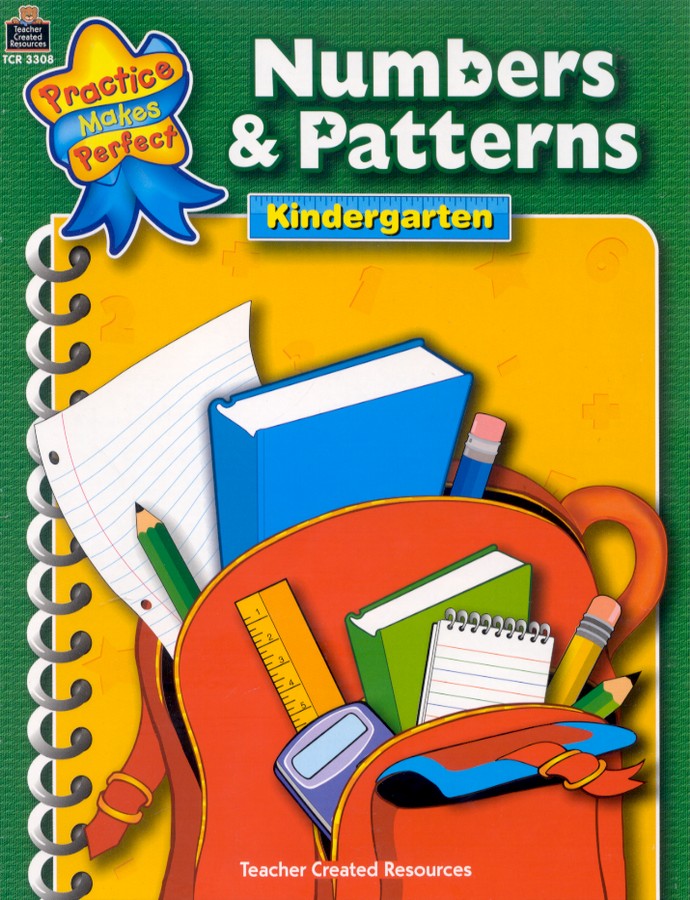
Early math is all about hands on learning and the use of manipulatives for young mathematicians! The basic manipulatives needed for early math can be found in your own home. Numbers and Patterns – K can be done using simple supplies easily found, such as small toys, buttons, crayons, etc.
Before opening Numbers and Patterns-K, my family spent a lot of time playing with manipulatives. My daughter explored and learned a lot of basic math concepts through play!
To begin with, we gathered manipulatives together, then stored them away in containers. Except the cookies, which we ate.
 Making a Manipulatives Kit:
Making a Manipulatives Kit:
Let’s start with the most obvious ones, which are found in the kitchen:
1. Cookies to add (bake) and subtract (eat!)
2. Legos, or other small toys, to sort into sets, by color, size, or shape. Buttons, too, and small objects, etc.
3. Then there are beads, which can be made into patterns, by color, such as red/blue, red/blue, etc. Crayons can also be used to make patterns.
4. Construction paper and scissors to make strips, like Rods, as described below, for equivalents.
This is all you need to get started. I stored manipulatives in shoe boxes, then put them into a larger container. That way, I could easily limit the number of manipulatives used at the same time.
 Playing/Learning With Manipulatives:
Playing/Learning With Manipulatives:
“Child’s play” with manipulatives can teach the following important math concepts. This is really all you need to cover for early math (K):
1. Number Concepts: Using small objects. Ask your child: How many is four? How many is six? What if you take one away? Add two? Ask lots of questions for number concepts to develop. Later, your child can practice this in Numbers and Patterns-K.
2. Sets: Math is all about sets. Children making their own sets will provide true learning! They can enjoy sorting their toys into sets. Sorting buttons by shape, then by size, etc. There are sorting activities everywhere! My daughter enjoyed sorting laundry into sets by grouping the like sized towels/washcloths, etc. Buttons can be sorted by size, color, or shape into sets, etc.
3. Addition and Subtraction: Cookies are the best for this! Or give your child a cookie sheet to work on with a limited number of toys. Ask your child to add the trucks to the cars or other simple problems.
4. Mathematical Patterns: As you know, math is made up of patterns. Crayons can be used to sort into patterns, such a finding all the orange and blue crayons and lining them up for a two part pattern (e.g., orange/blue, orange/blue,etc.) Making a bead necklace is fun too. Use a two part pattern, or a three part pattern.
As your young child gets better, add in a fourth part (e.g., one more color, blue/red/yellow/purple, repeat, etc.) Coloring patterns can be fun too. There are some patterns to color in Numbers and Patterns –K.

When we decided to start Numbers and Patterns K, my daughter was able to apply what she had learned to work in the book! Sometimes we used her manipulatives with the book, sometimes she did them without.
Numbers and Patterns-K includes the following:
1. Simple worksheets for numbers 1 – 9
2. Matching and counting objects
3. Comparing sets
4. Sequencing numbers
5. Making patterns
Even though Numbers and Patterns is a small book, all basic concepts for early math are included. We used it for Kindergarten Math but it could also be used for First Grade, if you add in more addition and subtraction problems. Here’s another resource for first grade, from the same folks at Teacher Created Materials.
If you are looking for a fun early math program, I recommend Numbers and Patterns – K as a guide to a wonderful early math manipulatives program for your child!
For more information, please go to Teacher Created Resources at www.teachercreated.com
Betsy homeschooled her daughter from preK through high school, and she is in college now. She blogs at BJ’s Homeschool, all about resources and encouragement for homeschool families.


Leave a Reply